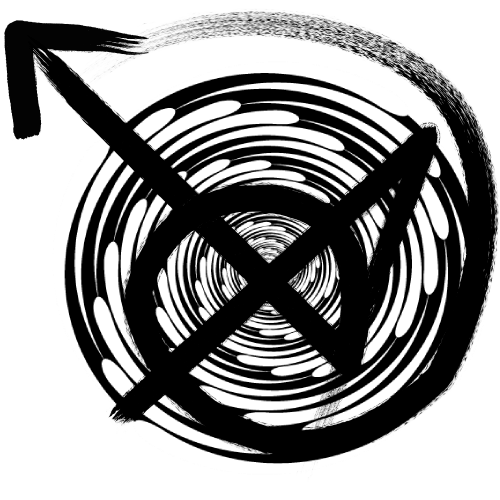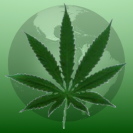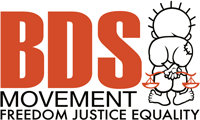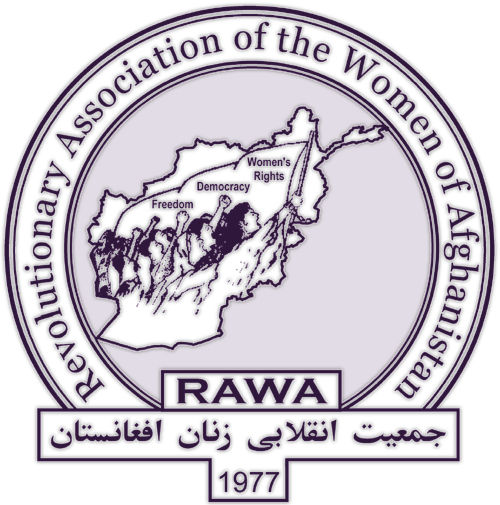Daily Report
Ethiopia: government launches "pogrom" against Ogaden villagers
Ethiopia's Ogaden National Liberation Front (ONLF) rebels issued a statement May 19 charging that the army has opened an offensive that is targetting civilians in the ethnically Somali region in the country's east (see map). ONLF spokesman Abdirahman Mahdi accused Ethiopian security forces of attacking villages near oil exploration sites in the Ogaden, which borders Somalia and has been the scene of a low-level insurgency since the early 1990s. "It is a random killing aimed at terrorizing the public," Mahdi said from his office in London. "This is the first time security forces turned up in villages, rounded up villagers and killed them in brutal manners." The statement called the attacks, centered around the towns of Nogob (Fik, by its official Ethiopian designation) and Jarar (Degahbur), a "pogrom," with at least 100 dead in recent days, and demanded an immediate UN investigation. Mohamed Gure, information minister for the Somali state government, called the claims "baseless propaganda." (AP, Ogaden Online, May 19)
Libya: ethnic cleansing in Nafusah Mountains?
Moammar Qaddafi's forces are carrying an offensive into Libya's western Nafusah Mountains that is not only targetting rebel training camps and supply routes that have been established there, but villages of the indigenous Amazigh (Berber) population. Local hospitals are reportedly overwhelmed, with casualties having to be loaded onto donkeys and smuggled past government blockades to get treatment elsewhere. Since the uprising began in February, some 50,000 Libyans have fled through the mountains to Tunisia, where a refugee camp has been established near the Dehiba border crossing. Berber refugees interviewed there by Human Rights Watch report that their homes in the villages of Nalut and Takut were shelled and livestock destroyed by Qaddafi's forces. Said one refugee from Nalut: "They were killing everything, the troops. They kept some [sheep] to eat, and they killed the rest. They shot them.... I saw the dead sheep." Grad missiles have targetted homes, mosques, water facilities, a school, and hospital compounds, refugees said. (AP, May 19; HRW, May 18)
Guatemala arrests ex-Kaibil in Zeta massacre
A combined unit of the Guatemalan army and national police arrested a presumed leader of the Zetas narco-paramilitary network May 18, who authorities believe to be commander of the assassination squad that carried out this week's grisly massacre of 27 farmworkers at a ranch in the northern jungle department of Petén. The detained man is named as Hugo Álvaro Gómez Vásquez, who also goes by "Comandante Bruja" or simply "La Bruja" (The Witch, despite his gender). He was apprehended in Tactic, Alta Verapaz department, following a raid earlier that day on a Petén ranch known as La Mula, just 15 kilometers from Los Cocos ranch where the massacre took place. Authorities say a Zetas encampment was discovered at La Mula, in La Libertad municipality, along with clues on the whereabouts of Gómez Vásquez (see map).
Afghanistan: US raid sparks local uprising
At least 11 people were killed and more than 80 injured May18 as a protest demonstration sparked by a deadly US raid erupted into clashes with security forces in Taliqan, capital of Afghanistan's northeast Takhar province. Protesters armed with Kalashnikov rifles, axes, grenades and petrol bombs battled police, and assaulted a small NATO base on the city's outskirts, local officials and witnesses said. The protest was launched in reaction to the apparent killing of four civilians—including two women—in a night raid conducted by US troops on a nearby village. "American forces entered a house in a village near Taloqan city, the capital of Takhar province, around 12:30 AM. As a result, four people were killed," Abdul Jabar Taqwa, the provincial governor, told McClatchy news service in a telephone interview. An ISAF statement said: "A combined Afghan and coalition security force killed four insurgents, including two armed females during a security operation targeting an Islamic Movement of Uzbekistan facilitator in Taloqan district, Takhar province yesterday."
Bin Laden, Geronimo and historical memory: the case for accuracy
In what is surely a great moment in bad timing, the killing of Osama bin Laden—and the news that the Navy SEALS had code-named him "Geronimo"—came just days before the Senate Indian Affairs Committee had scheduled a hearing entitled "Stolen Identities: The Impact of Racist Stereotypes on Indigenous People." As Indian Country Today reported, this provided an opportunity for Harlyn Geronimo—great-grandson of the famous Apache warrior—to register his protest to the nation. Rightly calling the use of his forebear's name a "subversion of history" and "unpardonable slander of Native America and its most famous leader in history," he went on to make demands since taken up by other Native American voices:
Fukushima: flooding of reactors halted on groundwater contamination fears
Engineers at Japan's stricken Fukushima Dai-ichi nuclear power plant have abandoned their attempt to stabilize reactor Number 3 by flooding it with water, finding that melting fuel rods had created a hole in the chamber, allowing some 3,000 tons of contaminated water to leak into the basement of the reactor building—raising concerns about groundwater contamination. Plant operator TEPCO now says it will pump the 4,000 tons of water out to be transferred to a waste-disposal facility before pumping in new water and installing a "self-circulating" system. The Nuclear and Industrial Safety Agency has approved the new plan—but it appears to carry its own risks. The temperature in reactor No. 3 has been rising since the beginning of the month, reaching more than 200 degrees Celsius (392 Fahrenheit).
Al-Qaeda appoints interim successor to bin Laden: report
Noman Benotman, named as a "former associate" of Osama bin Laden and now an analyst with the UK's Quilliam Foundation think tank, said May16 that an Egyptian veteran militant is acting as an interim operational leader of al-Qaeda pending the expected appointment of deputy chief Ayman al-Zawahri as bin Laden's successor. Benotman named the interim leader as Saif al-Adel, saying he has been appointed al-Qaeda's "caretaker" while the organization collects pledges of loyalty to Zawahri. US prosecutors say Adel helped plan the 1998 East Africa embassy bombings (for which he is wanted by the FBI) and established al-Qaeda training camps in Sudan and Afghanistan in the 1990s. A former Egyptian military officer, al-Adel was once a leader of the Libyan Islamic Fighting Group, a militant organization that has since broken with al-Qaeda. (Reuters, CNN, May 17)
Mexico: government accused of GMO violations
The Mexican government is violating its own laws on genetically modified organisms (GMO) in the way it handles experimental corn crops, according to a complaint the Greenpeace organization has filed with federal environmental protection authorities. The group charges that the government has failed to monitor experimental transgenic corn adequately, has allowed the corn to be planted on private farms, and hasn't ensured that the plants are disposed of properly after cultivation.















Recent Updates
1 day 16 hours ago
1 day 16 hours ago
4 days 7 hours ago
4 days 11 hours ago
4 days 12 hours ago
5 days 6 hours ago
5 days 7 hours ago
6 days 10 hours ago
6 days 10 hours ago
1 week 1 day ago